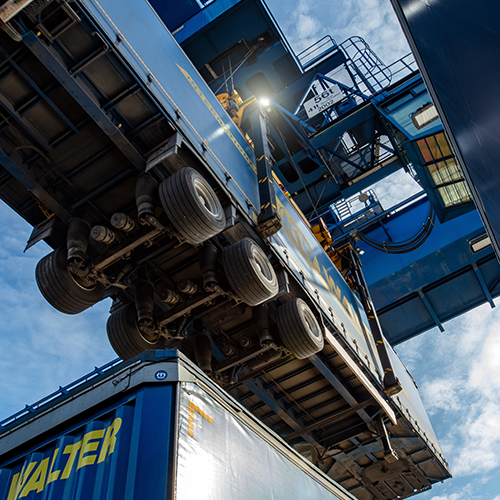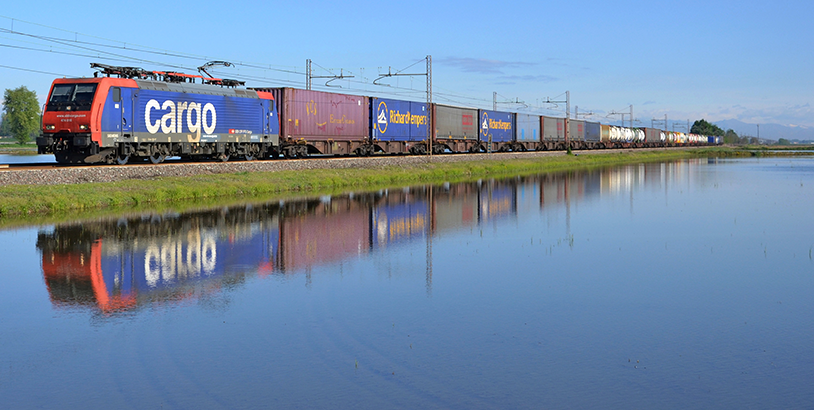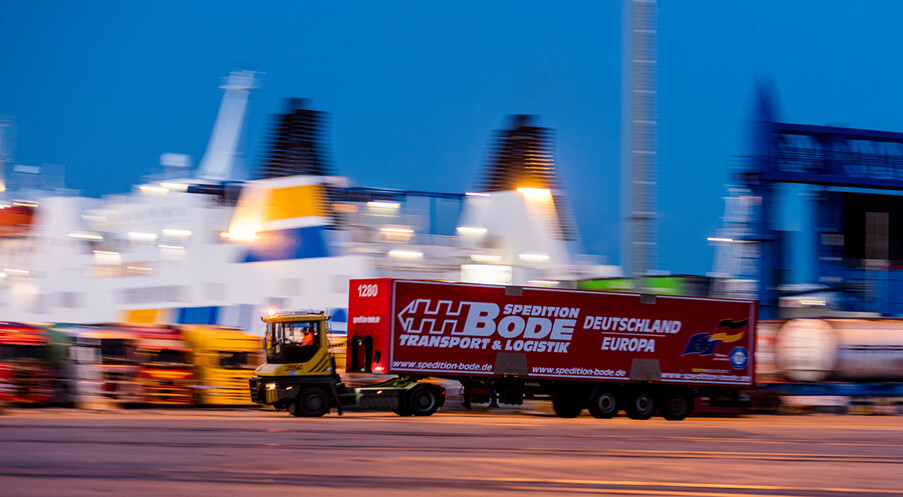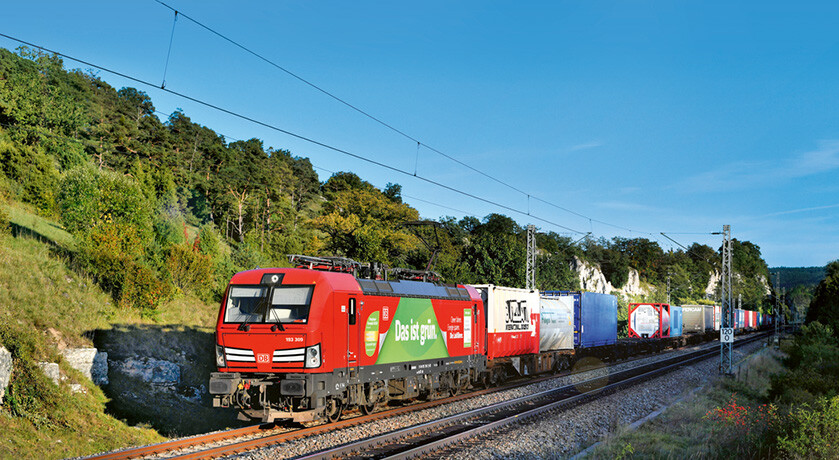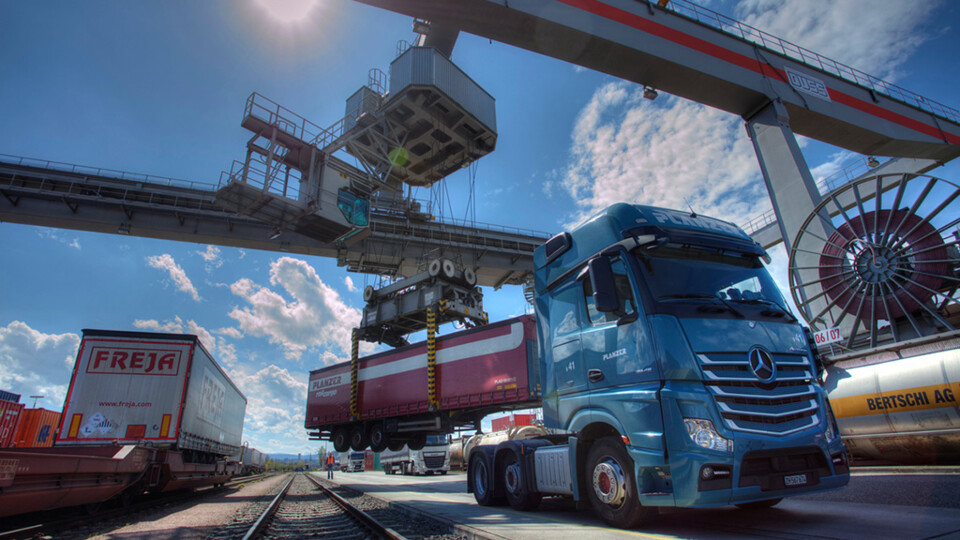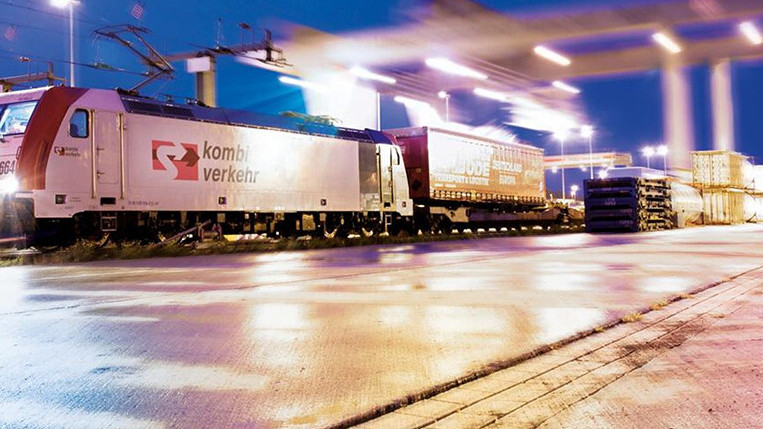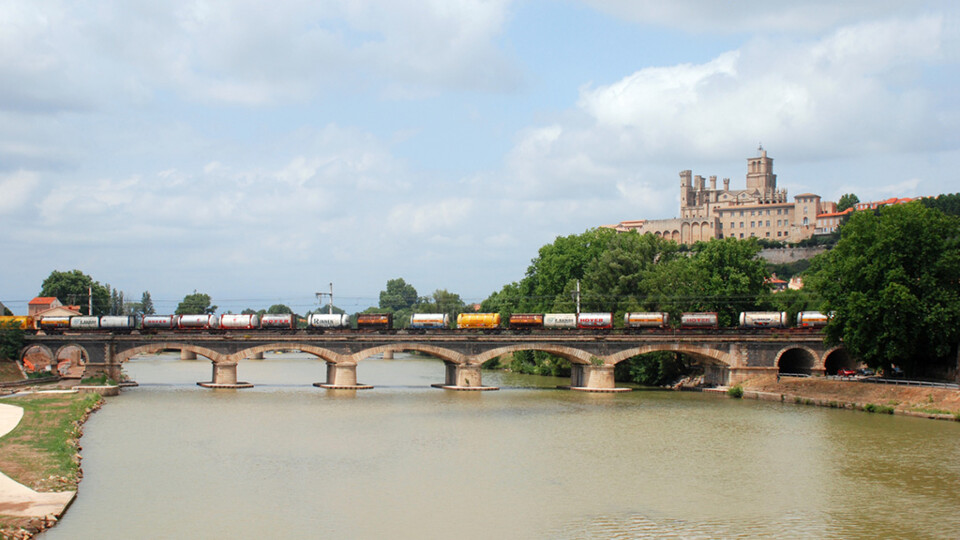

Verona, Stockholm, Istanbul. Or would you prefer Barcelona, Vienna and Rotterdam? Whatever you prefer. The eu.NETdirect+ continental network leaves nothing to be desired when it comes to reaching international economic centres in a climate-friendly way by rail on the TEN-T corridors. Our timetable simply includes 15,000 gateway connections between more than 25 European countries. Day after day.
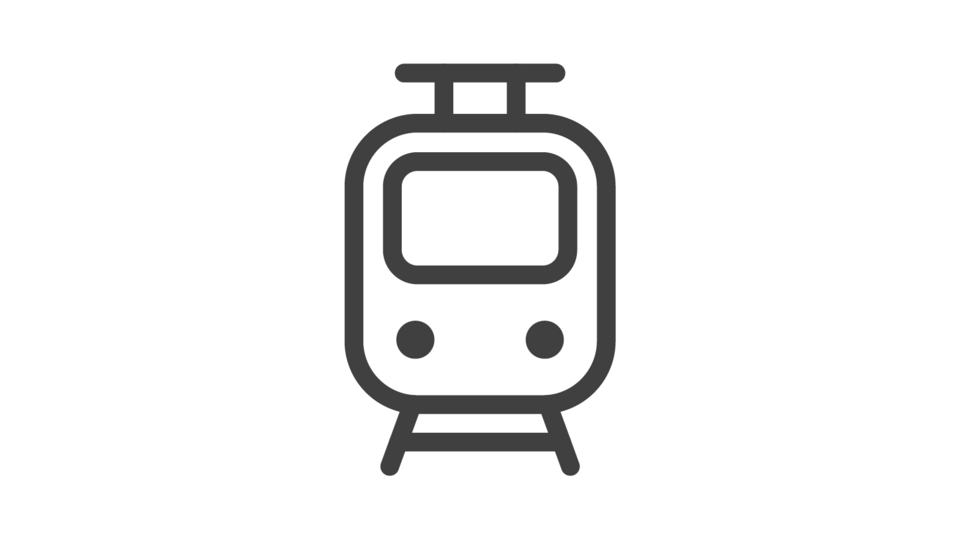
Open train system

High level of transport safetyMaut nur im Vor- und Nachlauf

Toll only for pre- and post-carriage

Optimisation of the carbon footprint

24/7 Transport monitoring
- More than 100 connected terminals
- Over 25 countries
- 560 fast direct and shuttle trains per week
- Basic transit times A/B or A/C
- Optimum networking in gateway traffic
- Hubs for international and national onward connections
- Optimised transfers to ferries and overseas ships in the ports
- Partial multi-day departures
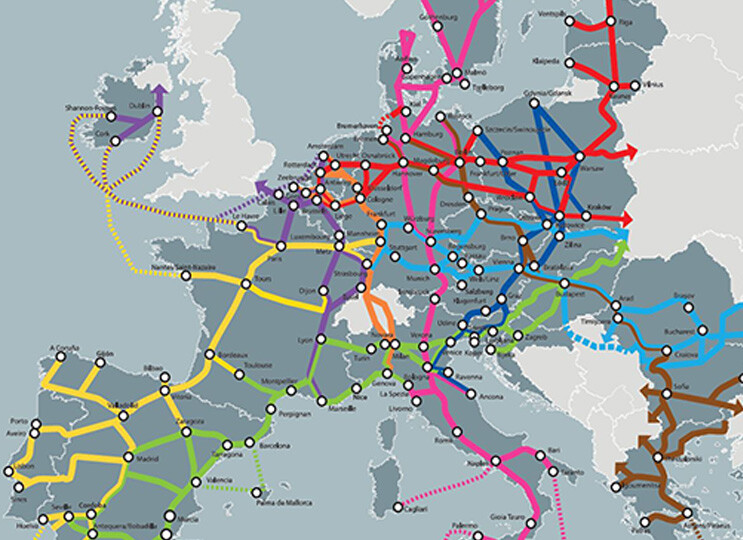
Including the following connections:
Oslo <> Bari via Munich & Verona
Cologne <> San Roque via Madrid
Duisburg <> Poznań
Ludwigshafen <> Budapest via Wels
Hamburg <> Pendik via Munich & Trieste
Rotterdam <> Mortara
Lyon <> Immingham via Duisburg & Moerdijk

